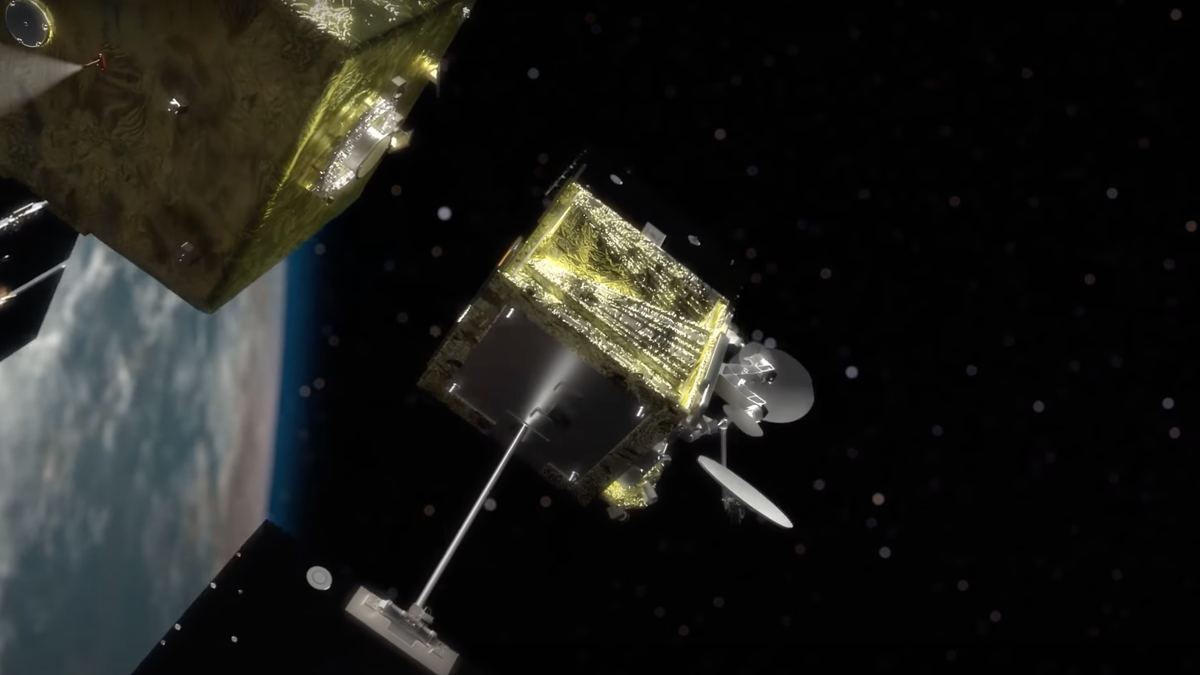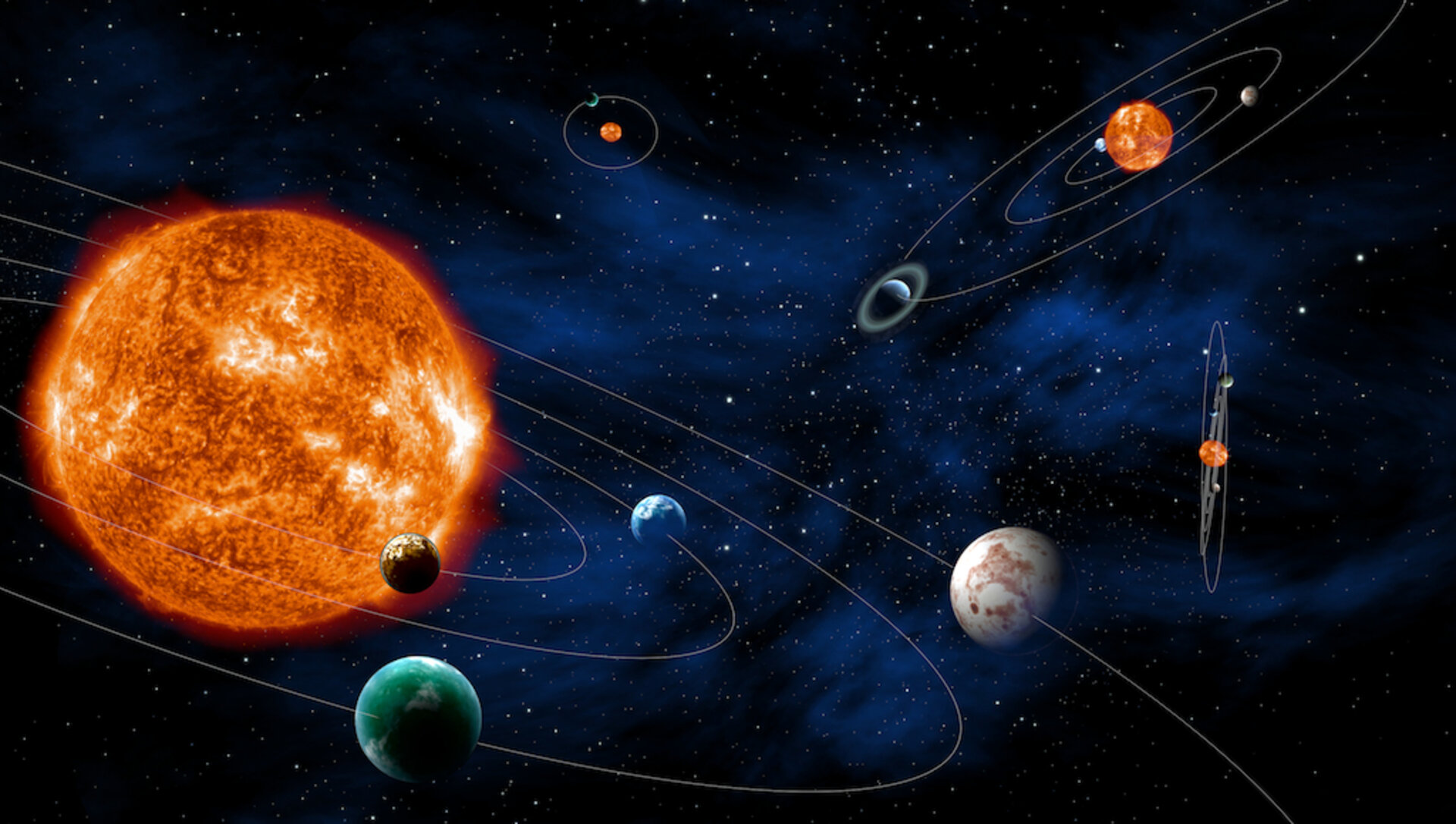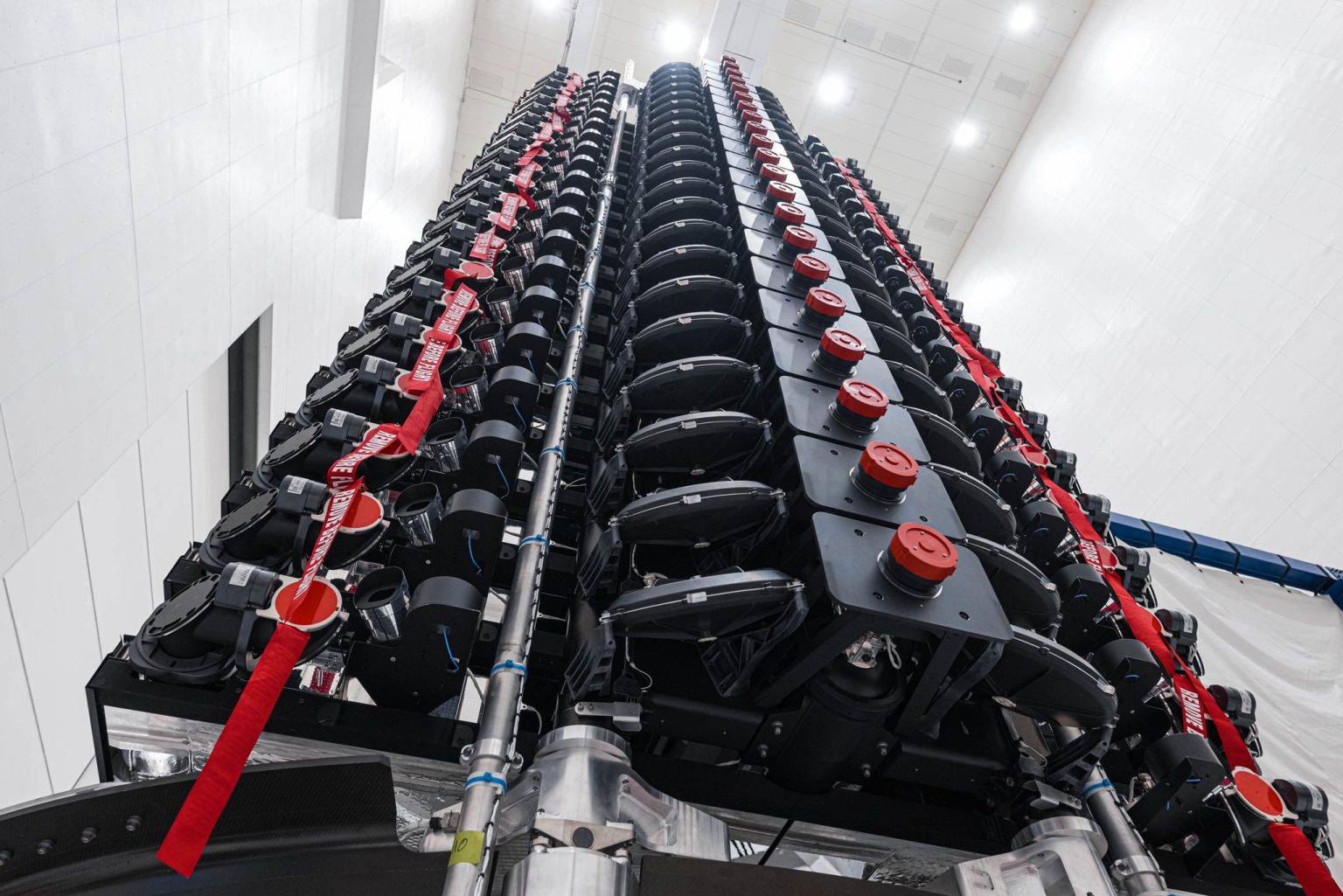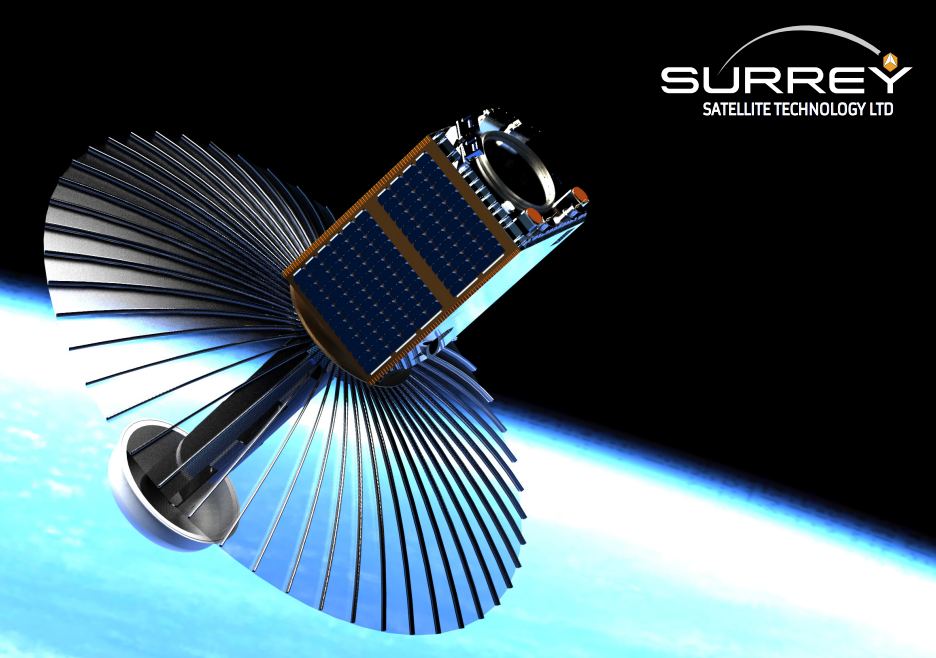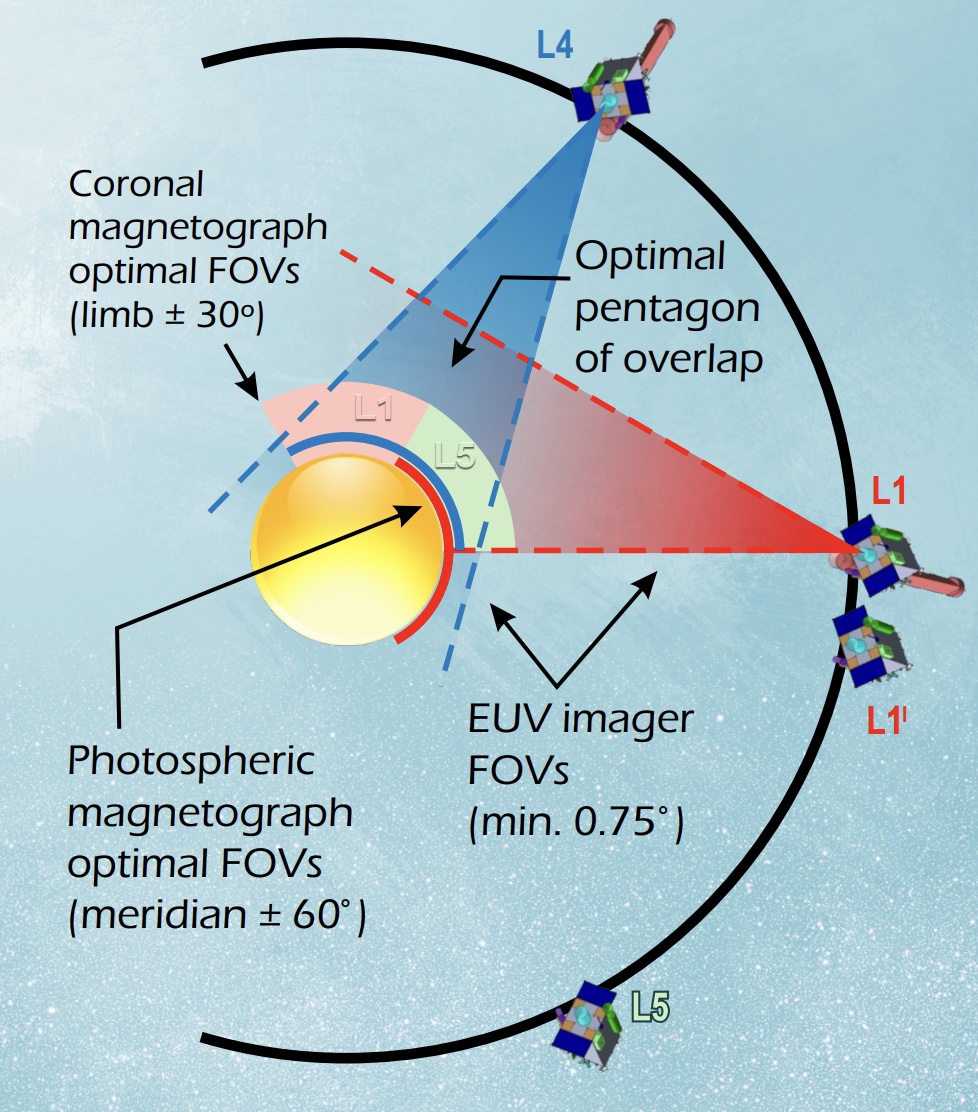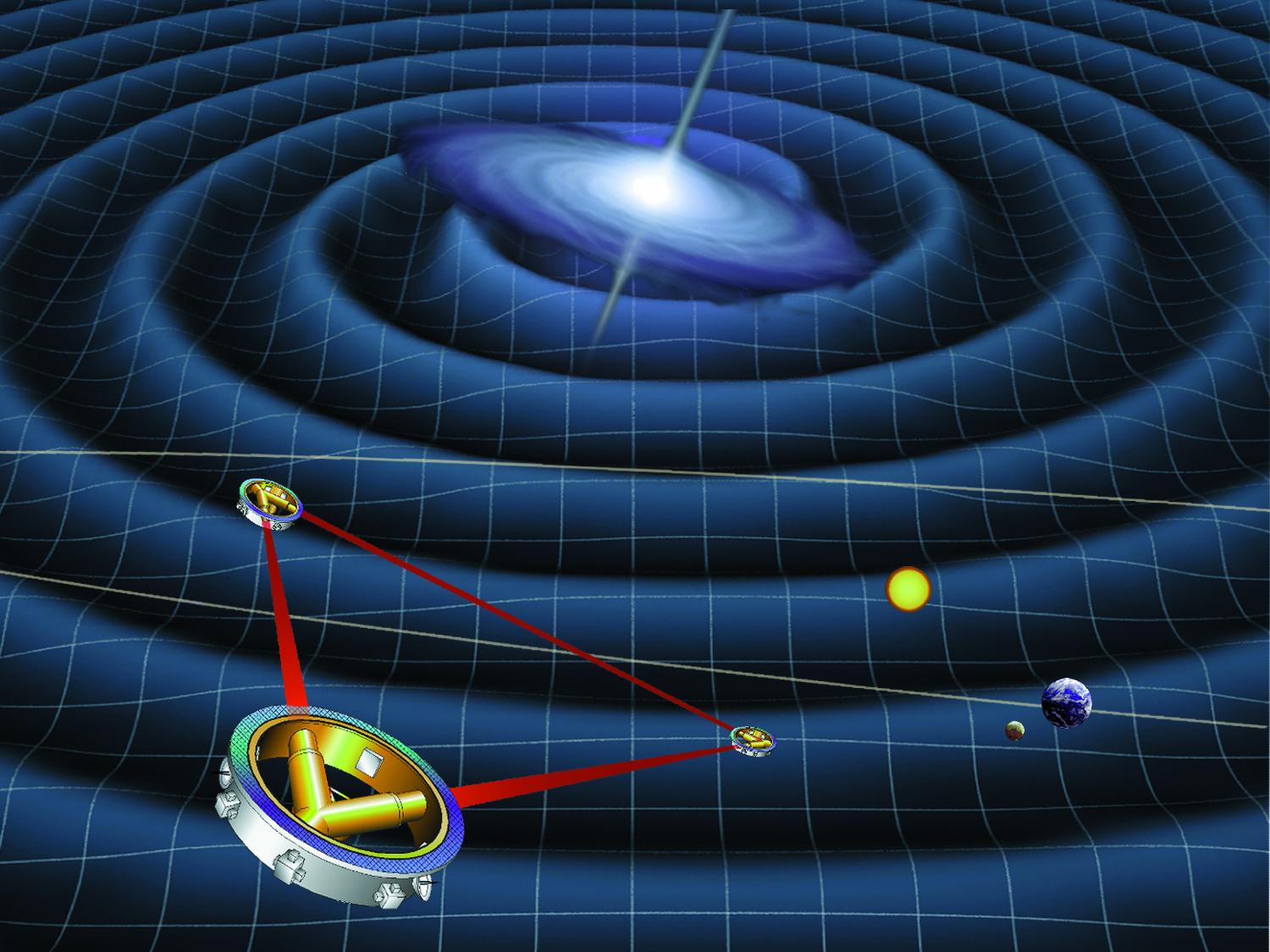Plenty of news stories have focused on the danger posed by Kessler syndrome. In this condition, space is made inaccessible by a cloud of debris surrounding our planet that would destroy any further attempts to get into orbit. Therefore, plenty of companies have sprung up that problem to take care of the problem, from blasting derelict satellites with lasers to helping to refuel them; lots of business models have been created to capture this opportunity. One of the farthest along is Astroscale. This British start-up is tackling the problem with one of the more conventional techniques – linking up with an existing satellite to deorbit it. And recently, they released a promotional video for their new project – the ELSA-M.
Continue reading “A New Mission Will Grab Dead Satellites and Push Them Into the Atmosphere to Burn Up”Can We Predict if a System Will Have Giant Planets?
Prediction is one of the hallmarks of scientific endeavors. Scientists pride themselves on being able to predict physical realities based on inputs. So it should come as no surprise that a team of scientists at Notre Dame has developed a theory that can be used to predict the existence of giant planets on the fringes of an exoplanetary system.
Continue reading “Can We Predict if a System Will Have Giant Planets?”Even Though They’re Bigger, Generation 2 Starlinks are Fainter than Gen 1
We’ve filed plenty of reports here at UT warning about the potential impact of Starlink and similar satellites on the field of astronomy. We’ve gone so far as to point out that the granddaddy of space-based telescopes – Hubble – has already had some of its images tarnished by passing Starlink satellites. However, SpaceX has been aware of the problem and is working to limit their product’s brightness. The recently launched Gen2 satellites seem to have made a significant step forward – research from a team of amateur astronomers finds that the new Gen2 Starlinks are more than 10x fainter than previous Gen1 iterations.
Continue reading “Even Though They’re Bigger, Generation 2 Starlinks are Fainter than Gen 1”Two English Companies are Cooperating to Bring a Novel Antenna Architecture To Space
Technology Readiness Levels (or TRLs) are commonly used in the space industry to determine what level of development a technology has undergone. For space technologies, eventually, they get to a TRL where they have to be used in space. In some cases, that can be difficult, as getting a ride on a launch is both risky and expensive. So it’s good news for Oxford Space Systems (OSS) that they penned an agreement with Surrey Satellites Technology Ltd (SSTL) to prove one of their new technologies on an actual flight.
Continue reading “Two English Companies are Cooperating to Bring a Novel Antenna Architecture To Space”The Sun Reaches Solar Maximum in 2032. A new NASA Flagship Mission Could Give Us a Perfect View
There are always more space missions than there is money to support them. Ultimately, some make the funding cut, and some do not. Various factors go into that decision, though those factors can change over the years and decades that some of these missions are designed to take. But the more ideas, the better, and now a new idea has sprung up from a group of scientists at SWRI, NASA, and the University of Minnesota, among others. It involves four different probes sent to various points in the solar system to observe the Sun as it has never been seen before – and just in time to see its most spectacular display in 2032.
Continue reading “The Sun Reaches Solar Maximum in 2032. A new NASA Flagship Mission Could Give Us a Perfect View”What Role Will NASA Play In Developing ISRU On The Moon?

Space agencies will play a vital role in the developing space economy, especially in the beginning. But what will the part of the biggest of all space agencies be when considering how space resources, especially those on the Moon, are accessed? NASA has a plan for that as it does for so many other things – and this article will dig into a slideshow that describes that plan in detail.
Continue reading “What Role Will NASA Play In Developing ISRU On The Moon?”SLS Could Launch a Sample Return Mission to Phobos and Deimos

NASA’s next colossal rocket, the Space Launch System (SLS), recently had its first successful flight back in November after years of development. Much of that development was done by aerospace contractors like Northrop Grumman and Boeing, so it is a good bet that engineers at those companies want the SLS to be seen as a success. One measure of its success will be how many missions it manages to help launch successfully – the more missions, the better. To help plan out some of those missions, a pair of Boeing engineers wrote a paper describing an outline of a sample return mission to Phobos and Deimos. And, of course, it would be launched by the SLS.
Continue reading “SLS Could Launch a Sample Return Mission to Phobos and Deimos”Airbus Developed a System To Extract Oxygen and Metal From Lunar Regolith

New technologies utilizing material found in space are constantly popping up, sometimes from smaller companies and sometimes from larger ones. Back in 2020, one of the largest companies of them all announced a technology that could have significant implications for the future lunar exploration missions planned over the next ten years. The European aerospace giant Airbus developed the Regolith to OXYgen and Metals Conversion (ROXY) system.
Continue reading “Airbus Developed a System To Extract Oxygen and Metal From Lunar Regolith”It Might Take Space Telescopes to Finally Resolve the Crisis in Cosmology
Gravitational wave (GW) observatories have been a great addition to cosmologists’ arsenal in the lack decade. With their first effective detection at the Laser Interferometric Gravitational Observatory completed in 2015, they opened up a whole new world of data collection for scientists. However, so far, they haven’t solved one of the fundamental problems at the heart of their discipline – the “Hubble tension.” Now a new paper discusses the possibility of utilizing a network of new, space-based gravitational wave observatories to get closer than ever to the real value of one of the most important numbers in the Universe.
Continue reading “It Might Take Space Telescopes to Finally Resolve the Crisis in Cosmology”NASA Has a Plan to Power the Moon

Despite all the hype surrounding the coming of the commercial space age, NASA and other governmental agencies will still play a vital role in the early stages of getting much of the infrastructure up and running before commercial actors can come in. That role will primarily be filled by being the first (and sometimes only) customer for a wide variety of companies that hope to profit from exploiting space resources.
Continue reading “NASA Has a Plan to Power the Moon”
